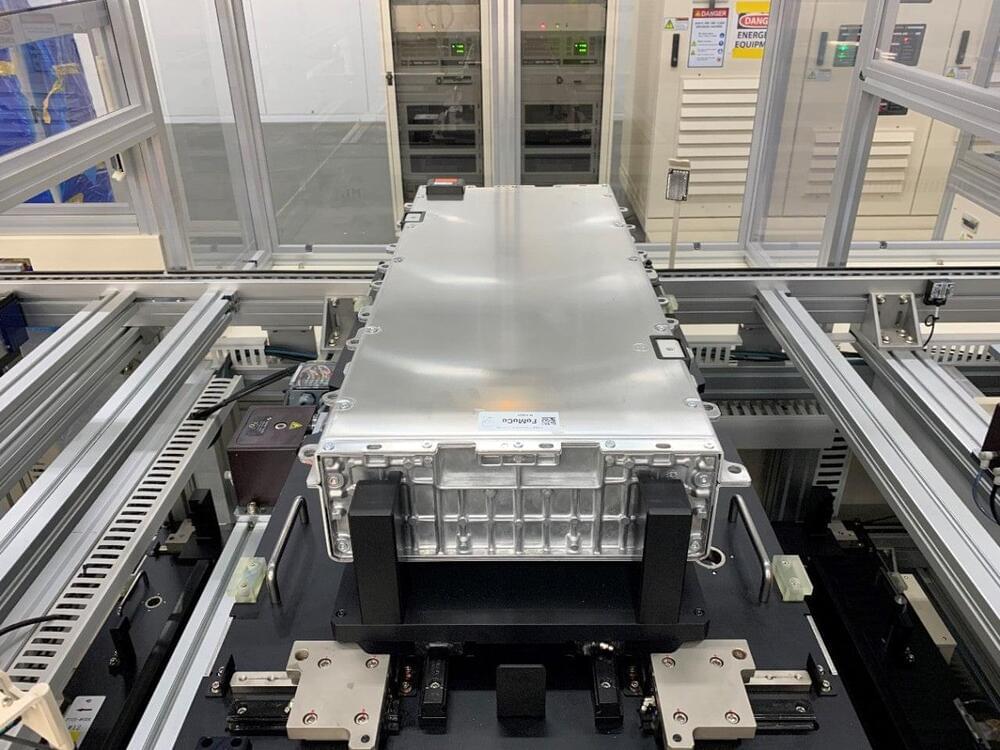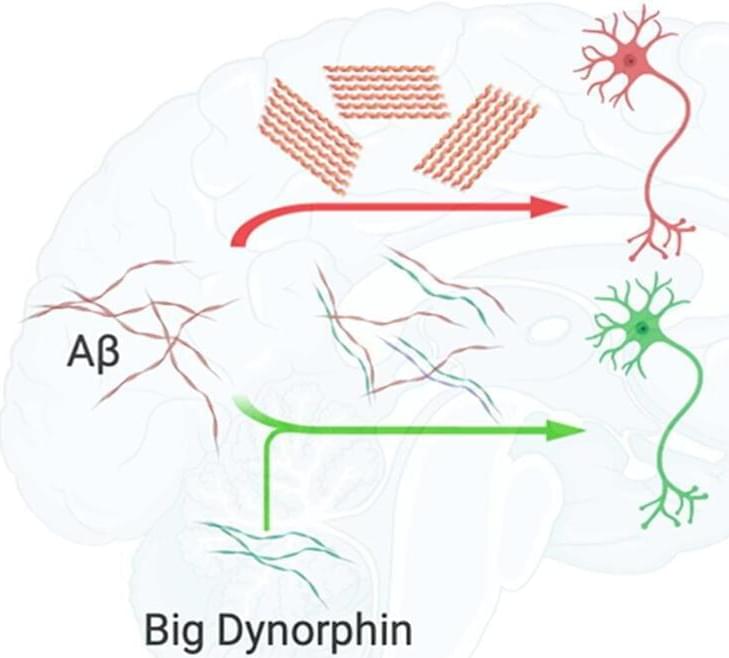This technology is primed to become faster, more versatile, and—thankfully—cheaper.


I wanted to focus on the animal testing portion of the Show and Tell. Neuralink representatives showed us videos of a pig that has a cortex and spinal chip in its body. It also has pin points on joints in its leg that are sending data to the Neuralink scientist. When the scientist stimulates a joint it creates an uncontrolled movement. The pig moves its leg without wanting too, but because someone else wanted it too, the pig did not want to move. That’s the focus of this video.
#neuralink #neuroscience #videoessay #yuvalnoahharari #elonmusk #podcast #neurology

The Condor processor is just one quantum-computing advance slated for 2023.

As computer scientists tackle a greater range of problems, their work has grown increasingly interdisciplinary. This year, many of the most significant computer science results also involved other scientists and mathematicians. Perhaps the most practical involved the cryptographic questions underlying the security of the internet, which tend to be complicated mathematical problems. One such problem — the product of two elliptic curves and their relation to an abelian surface — ended up bringing down a promising new cryptography scheme that was thought to be strong enough to withstand an attack from a quantum computer. And a different set of mathematical relationships, in the form of one-way functions, will tell cryptographers if truly secure codes are even possible.
Computer science, and quantum computing in particular, also heavily overlaps with physics. In one of the biggest developments in theoretical computer science this year, researchers posted a proof of the NLTS conjecture, which (among other things) states that a ghostly connection between particles known as quantum entanglement is not as delicate as physicists once imagined. This has implications not just for our understanding of the physical world, but also for the myriad cryptographic possibilities that entanglement makes possible.
The physicists, constructing “time crystals”, happened on an error correction technique for quantum computers. The rest is the story we all wish we were in.

The technology has significantly progressed in the past 50 years.
Earlier this month, we reported that Bill Gates and Jeff Bezos-backed foundations (Gates Frontier and Bezos Expeditions) joined other companies.
A fifty year history.
1, 2, 3
Finally, Peter Thiel, a billionaire cofounder of PayPal, invested last year in an older BCI startup called Utah’s Blackrock Neurotech that has announced it hopes to apply for Food and Drug Administration approval soon. What is behind this popular rush to support BCI firms?
“We also demonstrated that even very low-power microwave pulses can be detected efficiently using our protocol.”
A team of scientists has devised a means of using quantum mechanics to “view” objects indirectly. The new method could improve measurements for quantum computers and other systems. It brings together the quantum and classical worlds.
We “see” things via the complex interaction of light photons within specialized cells in the retina of our eyes. However, some scientists have speculated that a similar phenomenon could be replicated without photo-absorption or without any light.

𝐀𝐥𝐳𝐡𝐞𝐢𝐦𝐞𝐫’𝐬 𝐃𝐢𝐬𝐞𝐚𝐬𝐞
One of the main features of Alzheimer’s disease is that the β-amyloid peptide, a molecule found inside neurons that has many diverse functions, begins to fold incorrectly and accumulates. This process, which ends up causing neuronal death, is linked to a series of other cellular alterations, making it difficult to determine whether they are the cause or the consequence. An example is the case of the deregulation of a type of dynorphin.
Dynorphins are the body’s own opioid peptides, which play a key role in many brain pathways. They are located in different areas of the brain, such as the hippocampus, amygdala or hypothalamus, and are involved in memory processes, emotion control, stress and pain, and among other processes. In addition, several studies have shown their involvement in epilepsy, stroke, addictions, depression and schizophrenia.
Now, in a study published in the Computational and Structural Biotechnology Journal, a research group led by Àlex Perálvarez-Marín, researcher in the Department of Biochemistry and Molecular Biology and the UAB Institut de Neurociències, has studied from computer models and cell cultures which interactions may exist between β-amyloid peptide and big dynorphin, to determine its role in β-amyloid accumulation.